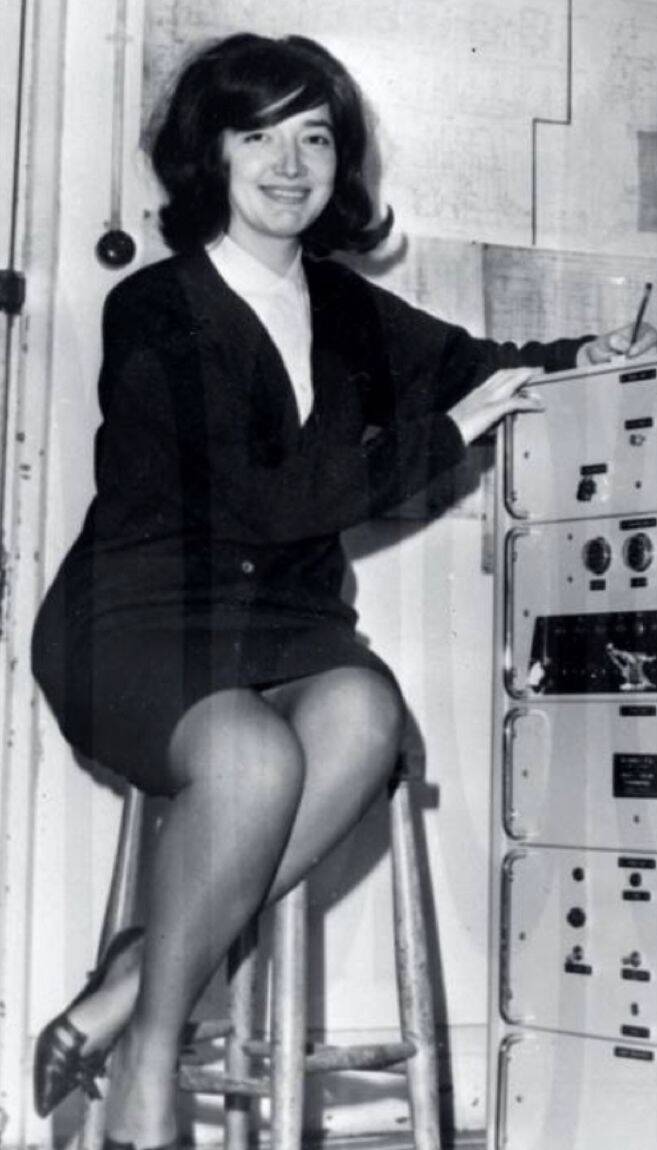Automation

Lisanne Bainbridge is a renowned applied cognitive psychologist who has worked since the 1960s on cognitive modeling of complex dynamic tasks. Bainbridge has critiqued Jens Rasmussen's input-output models for not including the mechanisms needed to account for cognitive behaviour, and for not accounting for top-down processing, anticipatory control, and the building up of an overview of the changing task situation.
She is best known for the conference paper ‘Ironies of Automation’: The classic aim of automation is to replace human manual control, planning, and problem solving with automatic devices and computers. Even highly automated systems still require human supervision, adjustment, maintenance, expansion, and improvement. Bainbridge looked at control in process industries and examined the problems that arise when tasks are split between automated and manual control.
The designer's view of the human operator as unreliable and inefficient can lead to problems such as leaving the operator with an arbitrary collection of tasks that are difficult to automate. Automating a process can create a paradox, where the human operator is given a task that is only possible for someone who is in on-line control. Solutions to this problem, are providing artificial assistance, alarm systems, and displays that help the operator monitor automatic control performance.
Graceful degradation of performance is an advantage of human operators over machines, but this is not an aspect of human performance to be aimed for in computers, as it can raise problems with monitoring for failure. If the human operator is not involved in on-line control, they will not have detailed knowledge of the current state of the system, which can limit their ability to effectively take over manual control. To maintain manual skills, operators should practice on high-fidelity simulators, or have the opportunity to use hands-on control for a short period each shift.
Studies have shown that the use of computers to reduce human workload is a complex issue. Bainbridge suggests that aiding is best used at higher workloads, with the effect of the type of aiding depending on the type of workload. It is important for the human operator to know which tasks the computer is dealing with and how, otherwise problems can arise. The design of computer aiding is a multi-dimensional problem that takes into account technical considerations as well as the human operator's perception of the computer's abilities.
Ref.
Bainbridge, L. (1982), Ironies of Automation, Automatica, Vol.19, No.6, pp.775-779, 1983. Lisanne’s personal website: https://lnkd.in/edHySEfc